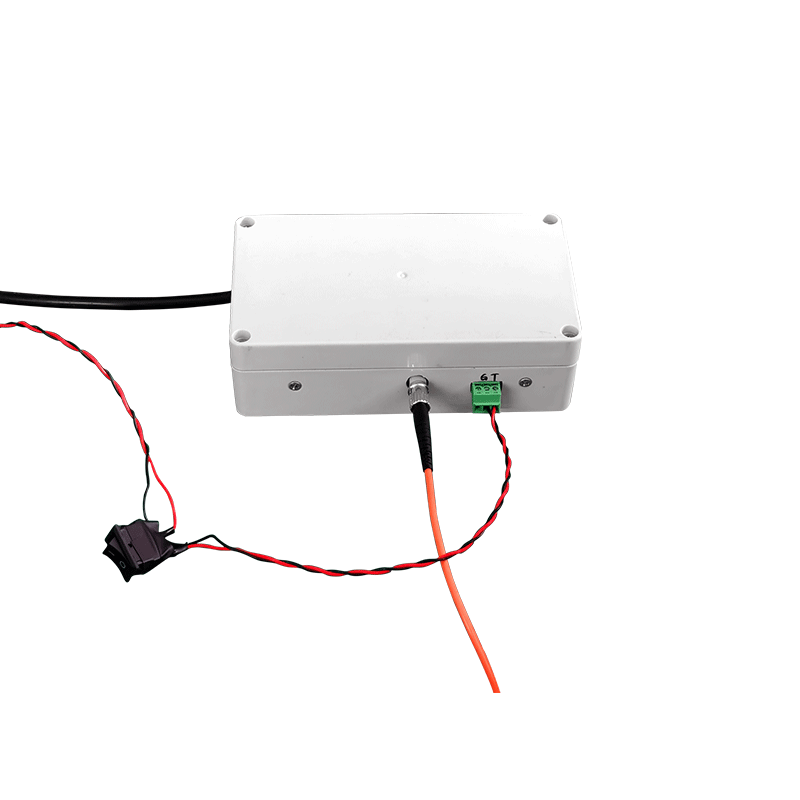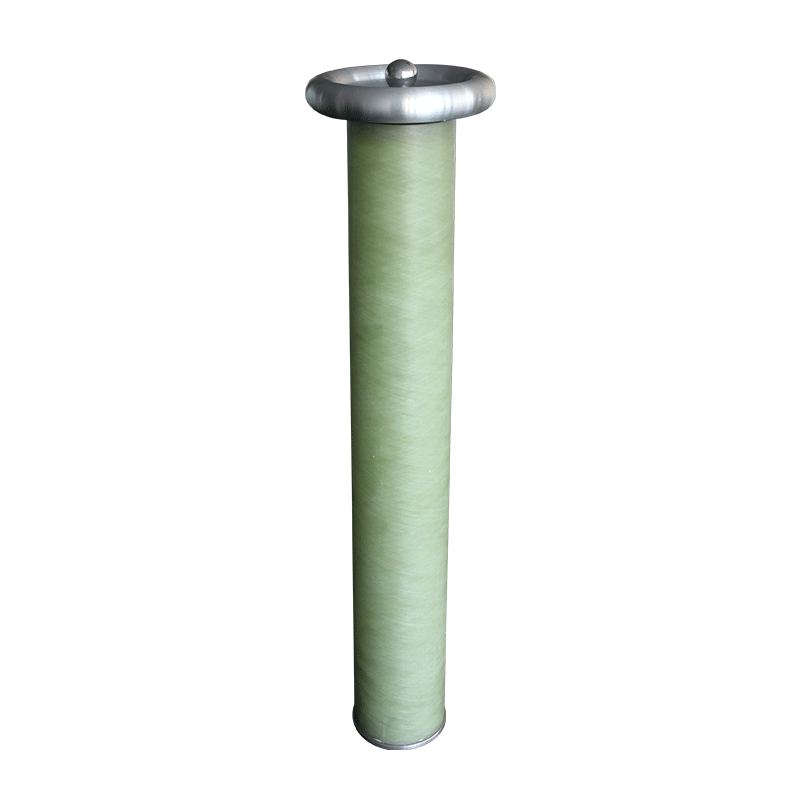Precise Control of Etching Depth of Etching High-Voltage Power Supply
In the fields of semiconductor manufacturing and micro-nano processing, the etching process is a crucial part. The precise control of the etching depth directly affects the performance and quality of the final product, and the etching high-voltage power supply plays a vital role in achieving the precise control of the etching depth.
The etching high-voltage power supply can provide the required high voltage for the etching process, thus generating plasma. The active particles in the plasma react chemically or physically bombard the etched material to achieve the removal of the material. During this process, the performance parameters of the high-voltage power supply have an important impact on the control of the etching depth.
Firstly, the voltage stability of the power supply is one of the key factors. A stable voltage output can ensure the uniformity and stability of the plasma, and thus guarantee the consistency of the etching process. If the voltage fluctuates greatly, it will lead to the inhomogeneity of the plasma density, resulting in deviations in the etching depth. By adopting advanced power supply control technologies, such as feedback control algorithms, the output voltage can be monitored and adjusted in real time, effectively improving the voltage stability.
Secondly, the pulse characteristics of the power supply also play an important role in the control of the etching depth. The pulsed high-voltage power supply can precisely control the energy input during the etching process by adjusting parameters such as the pulse frequency, width, and duty cycle. For example, a higher pulse frequency can increase the etching rate, while appropriately adjusting the pulse width and duty cycle can optimize the selectivity and uniformity of the etching, thus achieving more precise control of the etching depth.
In addition, process parameters such as the gas flow rate and pressure during the etching process are also related to the high-voltage power supply. Reasonably adjusting these parameters and coordinating the control with the output of the high-voltage power supply can further improve the control accuracy of the etching depth. For example, under a certain gas flow rate and pressure, by adjusting the voltage and pulse parameters of the high-voltage power supply, precise etching of different materials can be achieved.
To achieve the precise control of the etching depth, it is also necessary to establish a complete monitoring and feedback system. By monitoring various parameters during the etching process in real time, such as the etching rate and plasma parameters, and feeding this information back to the high-voltage power supply control system, the output of the power supply can be adjusted in a timely manner to achieve the desired etching depth.
In conclusion, the precise control of the etching depth of the etching high-voltage power supply is a complex issue involving power supply performance, process parameters, monitoring and feedback, and other aspects. Only by comprehensively considering these factors and adopting advanced control technologies and methods can high-precision control of the etching depth be achieved to meet the requirements of high-quality etching processes in fields such as semiconductor manufacturing.




















